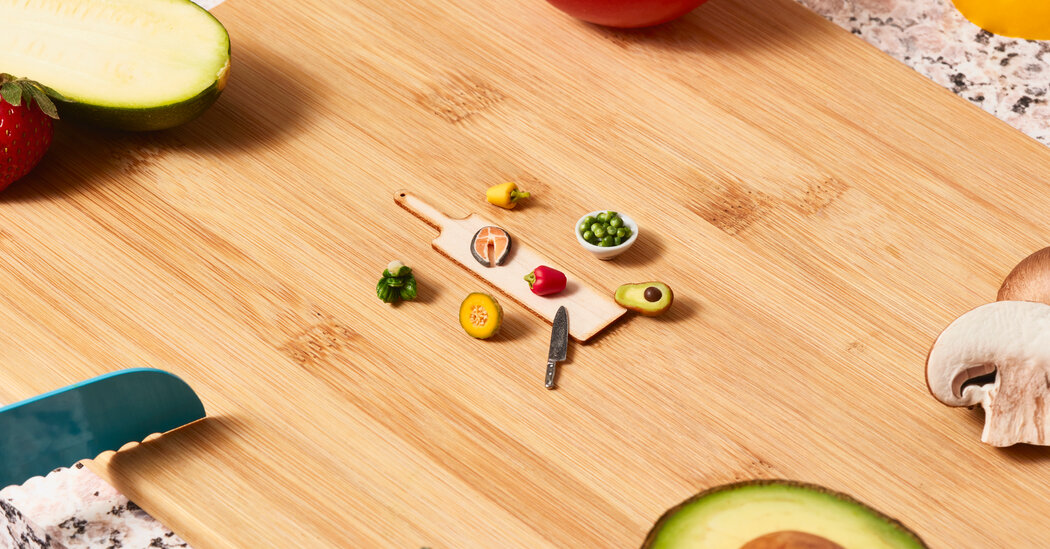
“Our brains evolved to eat almost anything to survive, but increasingly we know there’s a way to fuel it to improve overall mental health,” said Dr. Ramsey, author of the book “Eat to Beat Depression and Anxiety.” “We know if you eat a bunch of garbage, you feel like garbage, but the idea that it extends into our mental health risk is a connection we haven’t made in psychiatry until recently.”
Try some new ‘brain’ foods
To help patients remember the best foods to eat to support brain health, Dr. Ramsey has devised a simple mantra: “Seafood, greens, nuts and beans — and a little dark chocolate.” He also hosts a free online cooking class (the next one is Feb. 7) called “Mental Fitness Kitchen.”
For this week’s Eat Well Challenge, try adding some new foods to your plate that have been linked to better brain health. This list is based on suggestions from Dr. Naidoo and Dr. Ramsey. Much of the science on the possible brain benefits of various foods is still in its early stages, and eating these foods won’t result in mood changes overnight. But incorporating several of these foods into your meals will improve the overall quality of your daily diet — and you might notice a difference in how you feel.
Leafy greens
Dr. Ramsey calls leafy greens the foundation of a brain health diet because they’re cheap, versatile and have a high ratio of nutrients to calories. Kale is his personal favorite, but spinach, arugula, collards, beet greens and chard are also great sources of fiber, folate and vitamins C and A. If you’re not a fan of salads, add greens to soups, stews, stir fries and smoothies, or turn them into a pesto. He also recommends adding a small serving of seaweed (the “leafy green of the sea”) to your plate once a week as a source of iodine, fiber, zinc and additional phytonutrients.
Colorful fruits and vegetables
The more colorful your plate, the better the food is for your brain. Studies suggest that the compounds in brightly colored fruits and vegetables like red peppers, blueberries, broccoli and eggplant can affect inflammation, memory, sleep and mood. Reddish-purplish foods are “power players” in this category. And don’t forget avocados, which are high in healthy fats that enhance the absorption of phytonutrients from other vegetables.
Seafood
Sardines, oysters, mussels, wild salmon and cod are sources of long-chain omega-3 fatty acids that are essential for brain health. Seafood is also a good source of vitamin B12, selenium, iron, zinc and protein. If you don’t eat fish, chia seeds, flax seeds and sea vegetables are also good sources of omega-3s. For those on a budget, canned salmon is a more affordable option, said Dr. Naidoo.
Nuts, beans and seeds
Try to eat between a half and a full cup of beans, nuts and seeds a day, says Dr. Ramsey. Nuts and seeds, including cashews, almonds, walnuts and pumpkin seeds, are a great snack, but they can also be added to stir fry dishes and salads. Black and red beans, lentils and legumes can also be added to soups, salads and stews or enjoyed as a meal or a side dish. Nut butters count too.



